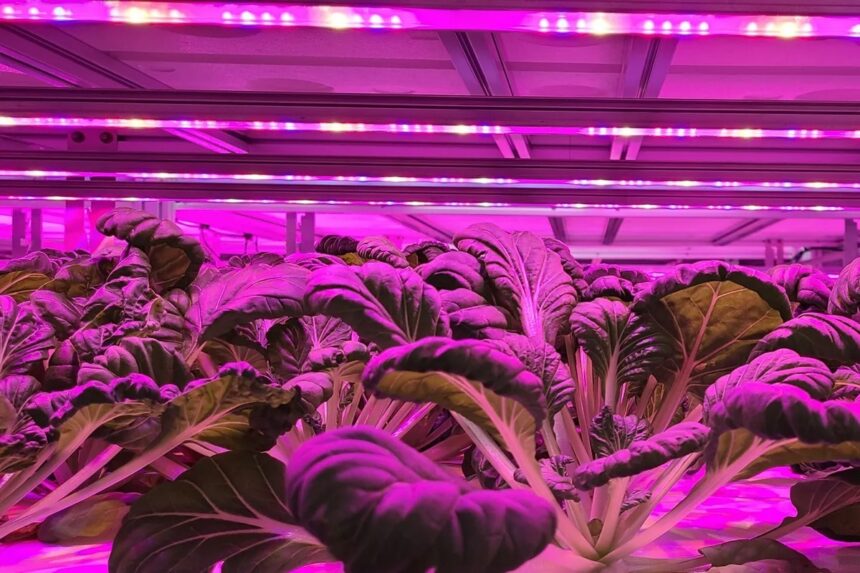In the sprawling remote communities of northern Manitoba, where winter temperatures plummet to -40°C and food prices soar to three times national averages, a quiet revolution in food security is taking root. As grocery store shelves display $17 cauliflower heads and $13 cartons of milk, innovative local initiatives are emerging to combat what has long been considered one of Canada’s most persistent food security challenges.
“The traditional food supply chain simply breaks down at these northern latitudes,” explains Dr. Marian Scott, food security researcher at the University of Manitoba. “When communities are accessible only by ice roads for a few months of the year, the economic and logistical barriers become nearly insurmountable under conventional systems.”
These challenges have spurred remarkable innovation across northern Manitoba. In Norway House Cree Nation, 800 kilometers north of Winnipeg, community members have established the region’s first commercial-scale vertical farming operation. Using hydroponic systems housed in retrofitted shipping containers, the community now produces fresh leafy greens year-round, regardless of the harsh environmental conditions outside.
The project, funded through a partnership between the provincial government and Indigenous economic development initiatives, has already reduced prices for certain fresh vegetables by nearly 40% while creating eight full-time local jobs.
“What we’re seeing isn’t just about food production—it’s about community resilience and economic sovereignty,” says Thomas Cardinal, economic development officer for Norway House. “Every dollar that stays in our community rather than flowing south strengthens our ability to address other challenges.”
The innovations extend beyond high-tech solutions. In Thompson, Manitoba, community organizers have established a network of cold-hardy greenhouses utilizing traditional knowledge of local growing conditions. These structures, designed to withstand northern winters while maximizing the intense summer sunlight, have become production hubs for cold-tolerant root vegetables and herbs.
Manitoba’s provincial government has taken notice, recently announcing a $4.2 million Northern Food Security Initiative that will expand existing programs while developing new distribution networks specifically designed for remote communities. The program represents a significant shift in approach, focusing on local capacity-building rather than simply subsidizing the transportation of southern food products.
“For generations, we’ve approached northern food security as a logistics problem to be solved with better transportation,” notes Jennifer McKay, Manitoba’s Assistant Deputy Minister for Regional Economic Development. “What these communities have demonstrated is that food security is actually about building local production capacity and economic resilience.”
The economic implications extend beyond just food prices. Analysis from the Manitoba Chamber of Commerce suggests that strengthening local food systems could retain up to $28 million annually within northern Manitoba communities—money that currently flows to southern suppliers and transportation companies.
These developments come amid growing national concern about Canada’s food sovereignty and the vulnerability of supply chains, which were starkly exposed during pandemic disruptions. Northern Manitoba’s innovations may provide valuable lessons for other regions facing similar challenges.
As climate change continues to impact traditional food sources and transportation infrastructure, how might these community-led innovations reshape our understanding of food security in Canada’s most remote regions?










